World News
Putin’s bid for North Korean weapons, Cuban fighters show signs of desperation on September 12, 2023 at 1:02 am
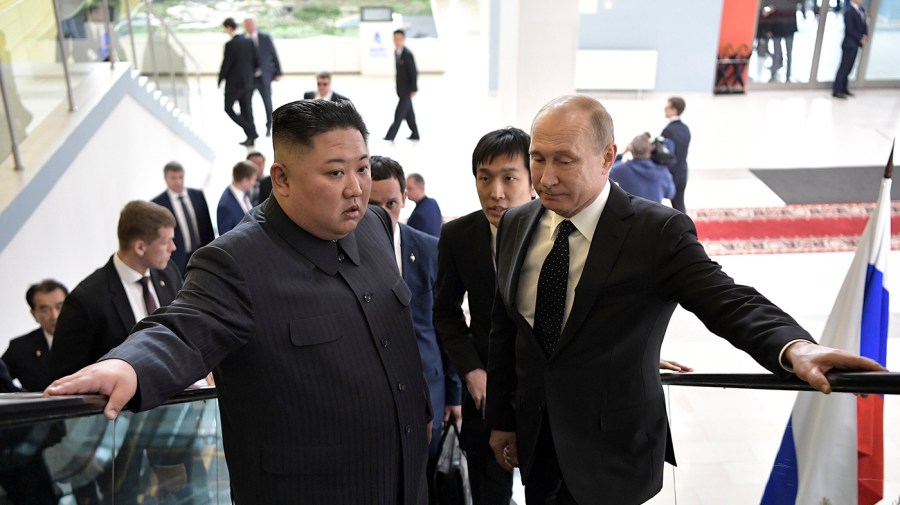
Attempting to negotiate arms deals with Kim Jong Un and trafficking Cuban soldiers are just the latest signs of Russia’s growing desperation as it struggles to maintain its fighting force in Ukraine.
As Ukraine’s counteroffensive enters it fourth month, Russian forces are strained under heavy casualties, lack of equipment, limited training and low morale, forcing Moscow to look outside its borders for any help it can gain, U.S. officials, lawmakers and experts say.
With a new meeting between Kim and Russian President Vladimir Putin soon expected, such a visit is indicative of the Russian leader’s “international pariah status” leading to “trouble sustaining the military effort,” according to State Department spokesperson Matt Miller.
“Not only has he failed to achieve his goals on the battlefield, but you see him traveling across his own country, hat in hand, to beg Kim Jong Un for military assistance,” Miller told reporters of Putin on Monday.
And Sen. Chris Coons (D-Del.) earlier Monday on MSNBC said Putin is “desperate for more equipment, he’s desperate for more support,” forcing him to “make a devil’s deal.”
The North Korean and Russian leaders were expected to “soon” meet in Vladivostok, an eastern Russian port city where Putin is attending an economic summit, with Kremlin spokesperson Dmitry Peskov saying talks “could take place within days,” according to Kremlin state-run outlet Tass.
The trip is a major development as it marks the first known travel for Kim outside North Korea’s borders since the COVID-19 pandemic began in spring 2020, and the first time he’s met with Putin since April 2019.
It also marks a chance for the Kremlin military to gain more weaponry, which, more than a year and a half after it first attacked Ukraine in February 2022, is badly depleted.
Multiple outlets have reported that Putin is seeking more artillery and ammunition for his forces in Ukraine’s occupied eastern and southern regions.
Pyongyang, in return, could get its hands on valuable intelligence and weapons technology it’s been barred from accessing by 20 years of United Nations’ sanctions, including those that could help Kim’s new nuclear submarine program and floundering satellite program.
Should a deal be brokered, it wouldn’t be the first time North Korea would be supplying Russia arms.
The Biden administration last year confirmed North Korea attempted to bolster Kremlin troops in Ukraine via arms shipments to private Russian military company Wagner Group, a claim Pyongyang denied.
This latest meeting between the two nations, however, could mark a more open and significant deal.
“Putin and Kim really have very little friends in the international arena, and I think a lot of this is also just political and moral support for a common goal of undermining or subverting U.S. influence,” said Andrew Yeo, the senior fellow for Brookings Institute’s Center for East Asia Policy Studies.
Russian Defense Minister Sergei Shoigu visited Pyongyang in July in a bid to push forward talks and sway North Korea to sell artillery ammunition to Moscow.
“It speaks volumes about the desperation that Russia has if it’s going around the world trying to find support and weapons from North Korea,” Secretary of State Antony Blinken told NBC News last week after news broke of the upcoming meeting.
Russia is already being shipped weapons, specifically drones, from Iran. With concerns it could soon get more from North Korea, the United States “will look at every possible means we have to prevent that, to disrupt that, working with other countries,” Blinken added.
Whether Putin is indeed as desperate as U.S. officials and lawmakers claim, he has “definitely depleted his military capabilities and is running out of options,” according to Patrick Cronin, the Asia-Pacific security chair at the Hudson Institute in Washington, D.C.
“Putin is determined to persevere and to seek all avenues for continuing the war effort in Ukraine,” he told The Hill.
By one account, Russia has spent more than seven million rounds of artillery in its fight in Ukraine this year alone, though it is only able to produce about two and a half million rounds using Russian arms manufacturers, according to Cronin.
“So there’s a significant shortfall in maintaining the ability just to fire conventional munitions on the battlefield . . . And Kim Jong Un is very much trying to exploit Putin at a moment when Putin desperately needs to persevere on the battlefield at all costs,” he said.
Yeo said seeing as North Korea hasn’t been in any kind of war since 1953, they likely have “a stockpile of artillery shells and missiles and they’re probably compatible with Soviet-era weapons.”
By gaining such munitions from Pyongyang, Moscow could stay in the fight longer and wait out the West for any possible diversion, distraction, public and political fatigue, or major election that could quell the flow of aid to Ukraine, Cronin noted.
The Russian president is also limited in his ability to mobilize people at home even as his troops are being cut down in droves, forcing him to attempt to recruit from such pariah states as Syria, Cuba and elsewhere.
Cuban authorities last week announced they had so far arrested 17 people in connection to a ring of human traffickers allegedly attempting to coerce young Cuban men to fight in the Russian military.
Officials said they were working to “neutralize and dismantle” the network, which was operating both in Cuba and in Russia, countries that have strong political ties.
Last August, the Russian leader ordered his military to increase its number of soldiers after its combat forces suffered heavy losses in Ukraine, even signing a decree to allow foreigners to volunteer for service in the Russian military to receive fast-tracked citizenship.
And multiple outlets reported last year that the Kremlin, through Wagner Group, was attempting to recruit Syrians to fight with Russian forces in Ukraine, though few Syrians appear to have taken the bait.
The Syrian Observatory for Human Rights in January reported that less than 2,000 soldiers from the Syrian Arab Army had been deployed to Ukraine to fight on behalf of Russia.
The new attempts to have foreigners sign up for Russia’s side in the war come as multiple media outlets and outside groups watching the war have reported Russian troops’ persistent problems on the battlefield, issues they say are hurting Kremlin operations along Ukraine’s frontline.
Reuters last week detailed multiple Russian soldiers complaining that their units were suffering from heavy losses, dwindling munitions, proper training and equipment and low morale.
And a far-right Russian irregular paramilitary unit known as the “Rusich” Sabotage and Reconnaissance Group have released a list of issues that it claims are never-ending for Moscow’s forces. Included in those grievances was a lack of counter-fire range and accuracy due to a dearth of needed equipment, rocket launch systems that are susceptible to electronic warfare, difficulty with different units communicating with each other due to troops being forced to buy their own equipment, and no evacuation of dead or wounded troops from the frontline, according to the Institute for the Study of War’s latest battlefield assessments released Sunday.
ISW said that it has “routinely observed other Russian units expressing similar issues.”
Russia’s slog in Ukraine isn’t expected to end anytime soon, making it likely that Putin’s woes will continue to pile up without significant outside help.
Ukraine’s intelligence arm on Sunday stated that Ukrainian forces will continue counteroffensive operations into late 2023.
Attempting to negotiate arms deals with Kim Jong Un and trafficking Cuban soldiers are just the latest signs of Russia’s growing desperation as it struggles to maintain its fighting force in Ukraine. As Ukraine’s counteroffensive enters it fourth month, Russian forces are strained under heavy casualties, lack of equipment, limited training and low morale, forcing…
News
US May Completely Cut Income Tax Due to Tariff Revenue

President Donald Trump says the United States might one day get rid of federal income tax because of money the government collects from tariffs on imported goods. Tariffs are extra taxes the U.S. puts on products that come from other countries.
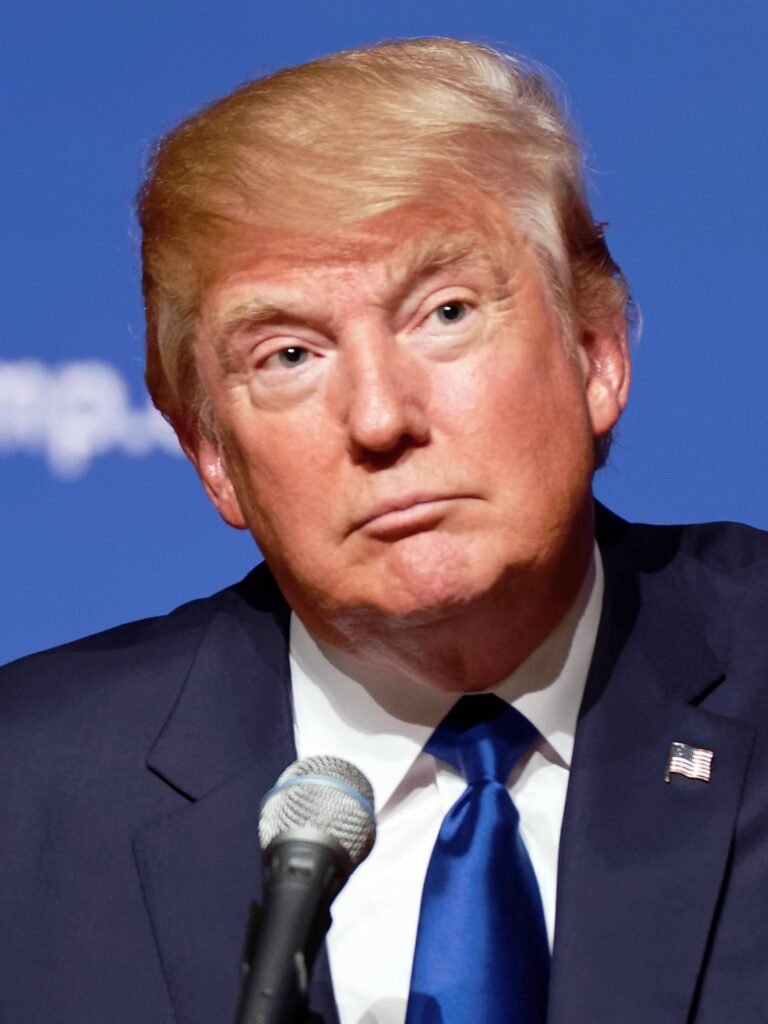
What Trump Is Saying
Trump has said that tariff money could become so large that it might allow the government to cut income taxes “almost completely.” He has also talked about possibly phasing out income tax over the next few years if tariff money keeps going up.
How Taxes Work Now
Right now, the federal government gets much more money from income taxes than from tariffs. Income taxes bring in trillions of dollars each year, while tariffs bring in only a small part of that total. Because of this gap, experts say tariffs would need to grow by many times to replace income tax money.
Questions From Experts
Many economists and tax experts doubt that tariffs alone could pay for the whole federal budget. They warn that very high tariffs could make many imported goods more expensive for shoppers in the United States. This could hit lower- and middle‑income families hardest, because they spend a big share of their money on everyday items.
What Congress Must Do
The president can change some tariffs, but only Congress can change or end the federal income tax. That means any real plan to remove income tax would need new laws passed by both the House of Representatives and the Senate. So far, there is no detailed law or full budget plan on this idea.
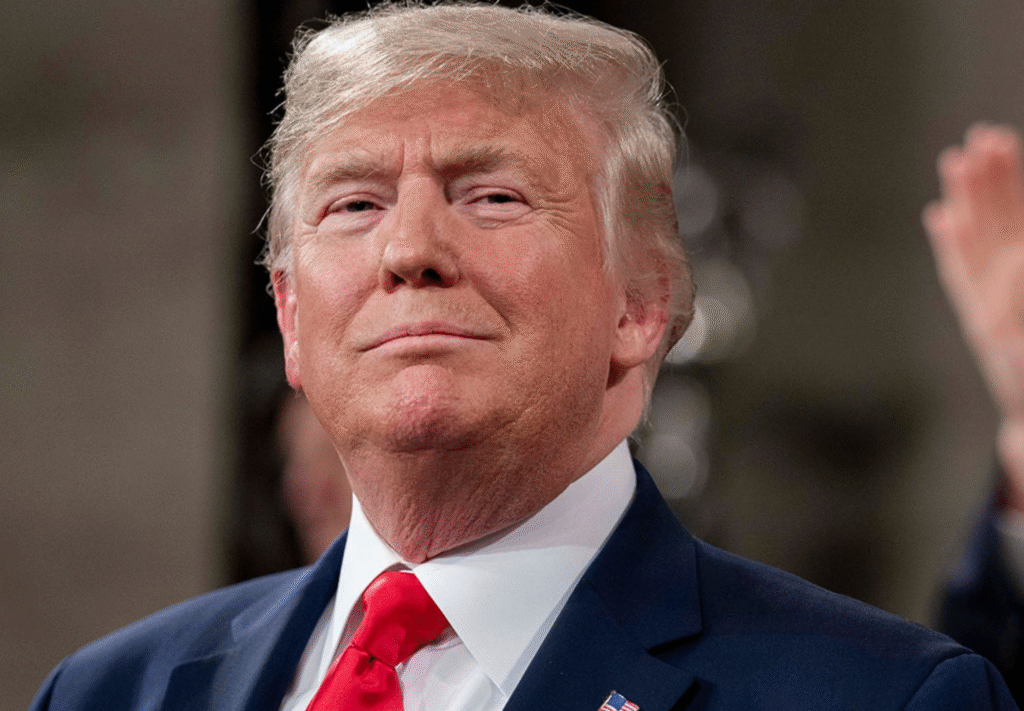
What It Means Right Now
For now, Trump’s comments are a proposal, not a change in the law. People and businesses still have to pay federal income tax under the current rules. The debate over using tariffs instead of income taxes is likely to continue among lawmakers, experts, and voters.
News
Epstein Files to Be Declassified After Trump Order

Former President Donald Trump has signed an executive order directing federal agencies to declassify all government files related to Jeffrey Epstein, the disgraced financier whose death in 2019 continues to fuel controversy and speculation.
The order, signed Wednesday at Trump’s Mar-a-Lago estate, instructs the FBI, Department of Justice, and intelligence agencies to release documents detailing Epstein’s network, finances, and alleged connections to high-profile figures. Trump described the move as “a step toward transparency and public trust,” promising that no names would be shielded from scrutiny.
“This information belongs to the American people,” Trump said in a televised statement. “For too long, powerful interests have tried to bury the truth. That ends now.”
U.S. intelligence officials confirmed that preparations for the release are already underway. According to sources familiar with the process, the first batch of documents is expected to be made public within the next 30 days, with additional releases scheduled over several months.
Reactions poured in across the political spectrum. Supporters praised the decision as a bold act of accountability, while critics alleged it was politically motivated, timed to draw attention during a volatile election season. Civil rights advocates, meanwhile, emphasized caution, warning that some records could expose private victims or ongoing legal matters.
The Epstein case, which implicated figures in politics, business, and entertainment, remains one of the most talked-about scandals of the past decade. Epstein’s connections to influential individuals—including politicians, royals, and executives—have long sparked speculation about the extent of his operations and who may have been involved.

Former federal prosecutor Lauren Fields said the release could mark a turning point in public discourse surrounding government transparency. “Regardless of political stance, this declassification has the potential to reshape how Americans view power and accountability,” Fields noted.
Officials say redactions may still occur to protect sensitive intelligence or personal information, but the intent is a near-complete disclosure. For years, critics of the government’s handling of Epstein’s case have accused agencies of concealing evidence or shielding elites from exposure. Trump’s order promises to change that narrative.
As anticipation builds, journalists, legal analysts, and online commentators are preparing for what could be one of the most consequential information releases in recent history.
Politics
Netanyahu’s UN Speech Triggers Diplomatic Walkouts and Mass Protests
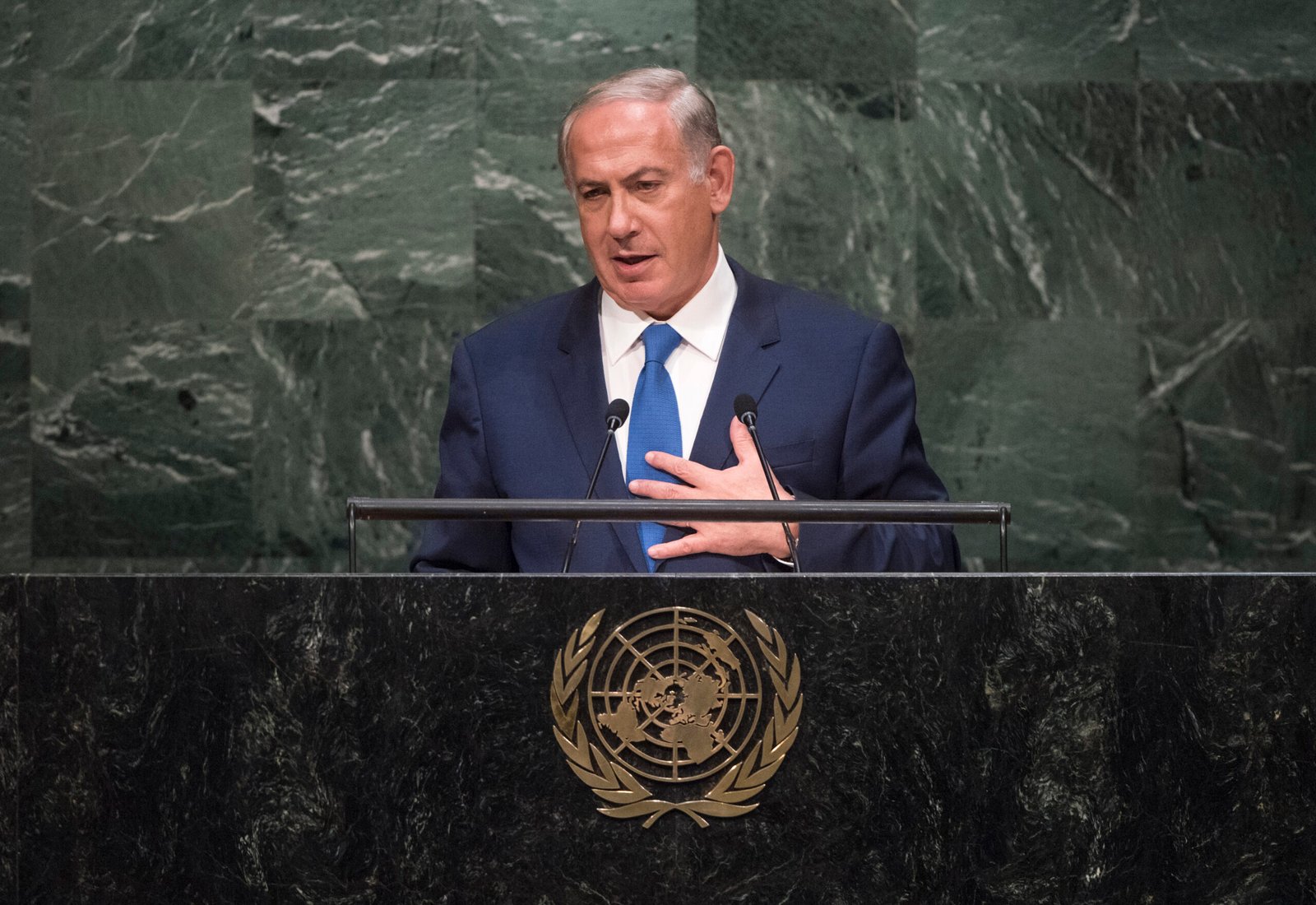
What Happened at the United Nations
On Friday, Israeli Prime Minister Benjamin Netanyahu addressed the United Nations General Assembly in New York City, defending Israel’s ongoing military operations in Gaza. As he spoke, more than 100 delegates from over 50 countries stood up and left the chamber—a rare and significant diplomatic walkout. Outside the UN, thousands of protesters gathered to voice opposition to Netanyahu’s policies and call for accountability, including some who labeled him a war criminal. The protest included activists from Palestinian and Jewish groups, along with international allies.
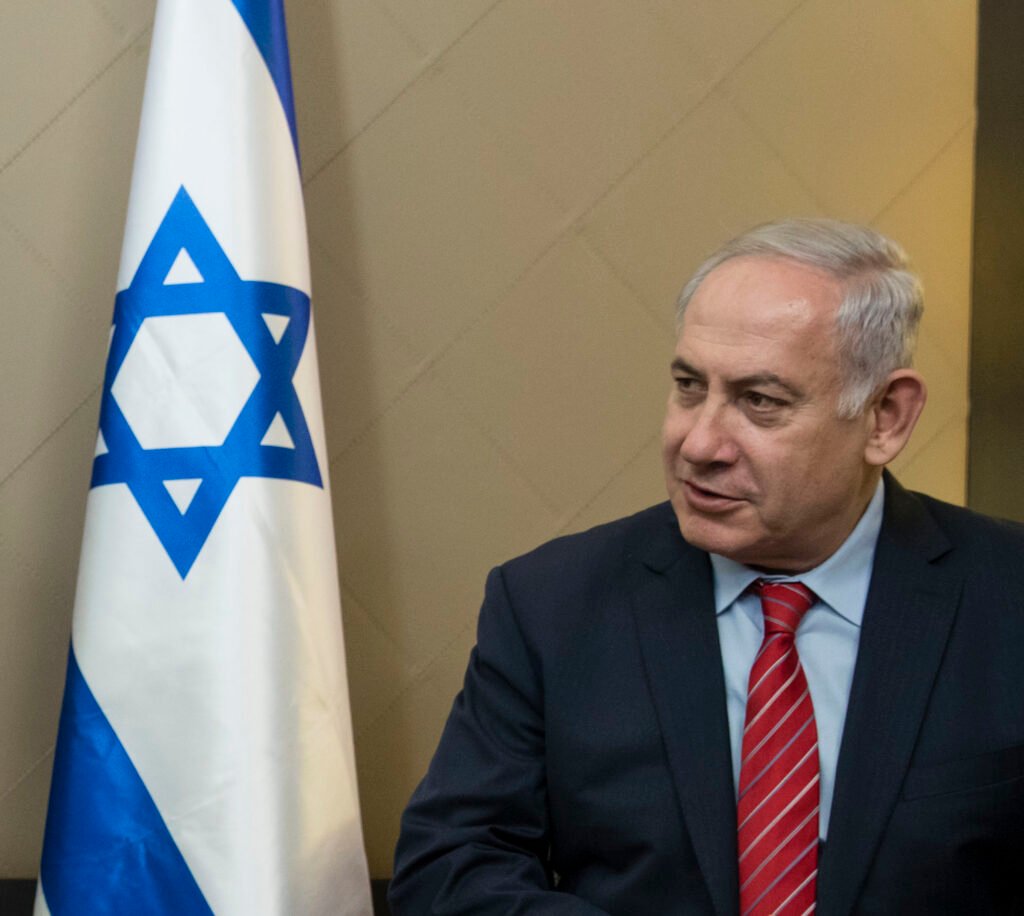
Why Did Delegates and Protesters Walk Out?
The walkouts and protests were a response to Israel’s continued offensive in Gaza, which has resulted in widespread destruction and a significant humanitarian crisis. Many countries and individuals have accused Israel of excessive use of force, and some international prosecutors have suggested Netanyahu should face investigation by the International Criminal Court for war crimes, including claims that starvation was used as a weapon against civilians. At the same time, a record number of nations—over 150—recently recognized the State of Palestine, leaving the United States as the only permanent UN Security Council member not to join them.
International Reaction and Significance
The diplomatic walkouts and street protests demonstrate increasing global concern over the situation in Gaza and growing support for Palestinian statehood. Several world leaders, including Colombia’s President Gustavo Petro, showed visible solidarity with protesters. Petro called for international intervention and, controversially, for US troops not to follow orders he viewed as supporting ongoing conflict. The US later revoked Petro’s visa over his role in the protests, which he argued was evidence of a declining respect for international law.

Why Is This News Important?
The Gaza conflict is one of the world’s most contentious and closely-watched issues. It has drawn strong feelings and differing opinions from governments, activists, and ordinary people worldwide. The United Nations, as an international organization focused on peace and human rights, is a key arena for these debates. The events surrounding Netanyahu’s speech show that many nations and voices are urging new action—from recognition of Palestinian rights to calls for sanctions against Israel—while discussion and disagreement over the best path forward continue.
This episode at the UN highlights how international diplomacy, public protests, and official policy are all intersecting in real time as the search for solutions to the Israeli-Palestinian conflict remains urgent and unresolved.

 Entertainment4 weeks ago
Entertainment4 weeks agoColombia’s ‘Doll’ Arrest: Police Say a 23-Year-Old Orchestrated Hits, Including Her Ex’s Murder

 Entertainment4 weeks ago
Entertainment4 weeks agoHow The Grinch Became The Richest Christmas Movie Ever

 Entertainment4 weeks ago
Entertainment4 weeks agoMiley Cyrus Is Engaged to Maxx Morando

 Film Industry3 weeks ago
Film Industry3 weeks agoDisney Brings Beloved Characters to ChatGPT After $1 Billion OpenAI Deal

 Business4 weeks ago
Business4 weeks agoLuana Lopes Lara: How a 29‑Year‑Old Became the Youngest Self‑Made Woman Billionaire

 Entertainment4 weeks ago
Entertainment4 weeks agoMariah Carey’s One Holiday Hit Pays her $3.3 Million a Year

 Film Industry3 weeks ago
Film Industry3 weeks agoNetflix Got Outbid: Paramount Drops a $108 Billion Cash Bomb on Warner Bros.

 Entertainment4 weeks ago
Entertainment4 weeks agoAnne Hathaway Just Turned Her Instagram Bio Into a 2026 Release Calendar




























